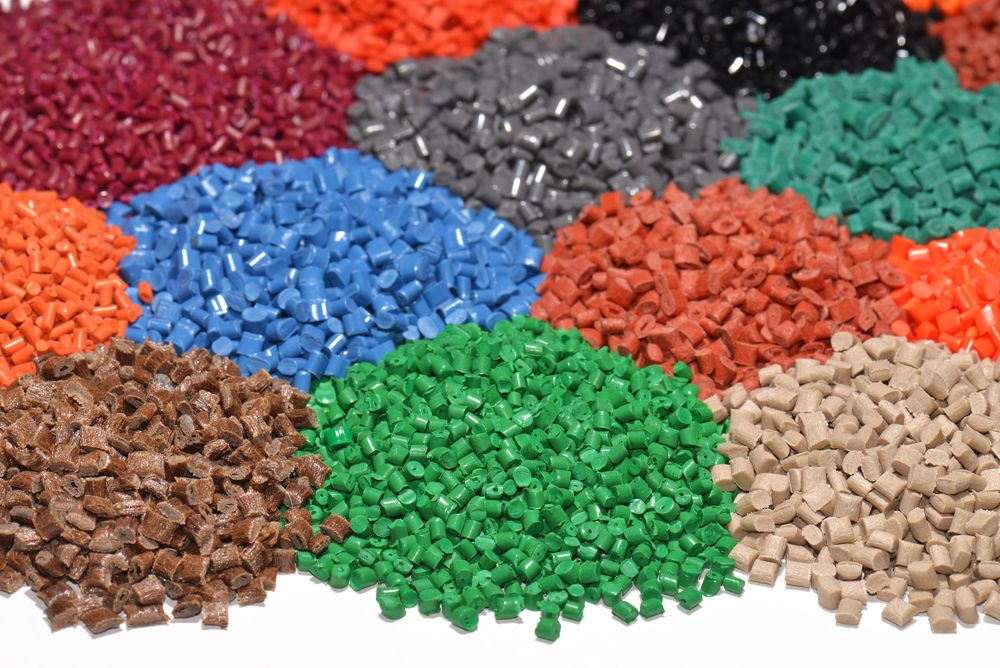How Discarded Plastic Bottles Become Other Products
by Rich B. Blogger By Profession
All of those plastic bottles that contain our water and soft drinks are made from a material known as polyethylene terephthalate (PET). This is a specific kind of plastic and a member of the polyester family. It is the most widely recycled plastic in the world. And guess what? It can be put to a wide variety of uses. Discarded plastic bottles do not necessarily have to become new plastic bottles.
The world has been recycling PET long enough that recyclers have the process nailed down. A company like Seraphim Plastics can collect bundled PET bottles from Michigan and Arkansas, truck them to their Tennessee plant, and recycle them in a matter of days. It is all pretty fascinating.
Have you ever wondered how it works? Check out this step-by-step process:
Step #1: Collection
The first step is to collect used plastic bottles. In Seraphim's case, they only deal with post-industrial plastics. The plastic bottles they collect would have already been collected and bundled by their vendors. At any rate, collected bottles are sorted from other types of plastics to prevent contamination.
The bottles are then baled and sent to a reclamation facility. Trucking is the most reliable way to move baled plastics quickly, so that is what recyclers do.
Step #2: Sorting
Once at the reclamation facility, bottles have to be sorted again. Why? Because first stage sorting doesn't completely eliminate all potential contaminants. Fortunately, modern technology has given recyclers automated sorting machines that are fairly accurate. Entire bales of recycled plastic bottles are fed into the machine and automatically sorted from bottle caps, debris, etc.
Step #3: Reduction
Next, sorted bottles are sent through a machine to reduce them. Generally, this is a grinding machine that reduces the plastic to a fine, flake-like material. Reduction is necessary as a final stage of purification and to facilitate easier melting. Fortunately, PET is extremely easy to work with. Recyclers can grind it down into flake pretty easily.
Step #4: Separation
Producing the flake generates a bit more contamination and some debris recyclers don't want sent on to the next step of the process. So, the flake material is introduced into a float tank. Heavier PET flakes sink to the bottom while lighter plastic debris floats on the top.
All they have to do now is skim off the debris, drain the float tank, and dry out the remaining PET flakes. Dry flakes are ready to be sent through to the final step of processing.
Step #5: Melting
The final step is melting the flake and creating pellets or fibers. Pellets are shipped to manufacturers to make all sorts of products including food packaging, plastic cups and utensils, and even more beverage bottles. Fibers are spun into threads for other purposes.
According to Seraphim Plastics, PET materials can be continuously recycled many times over. You obviously lose some material with every run through the recycling stream, but the vast majority of it is retained. Knowing that, the plastic water bottle you drank from at lunch could be in its seventh or eighth iteration. Who knows how many times the plastic in that bottle has been recycled?
PET is recycled so widely because it is easy to work with. It's too bad that not all plastics are as cooperative. If they were, plastic recycling would be a more profitable venture across the board. But we do what we can do. And for now, we have become very good at turning plastic bottles into other products. Every bottle that goes to recycling is one less bottle that ends up in a landfill or incinerator.
Sponsor Ads
Created on Nov 23rd 2020 00:31. Viewed 276 times.



